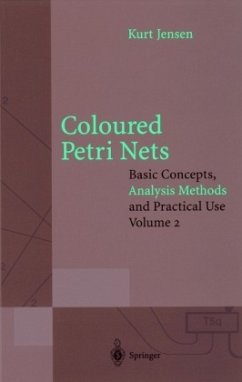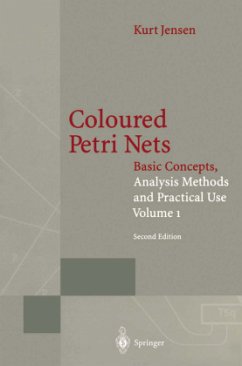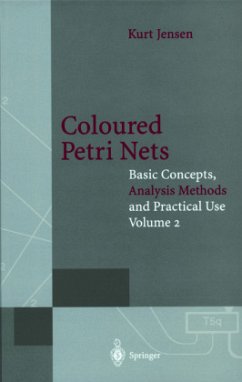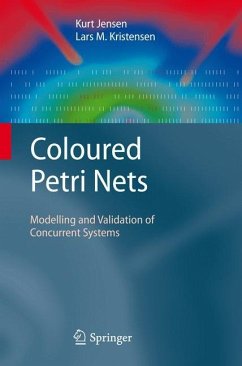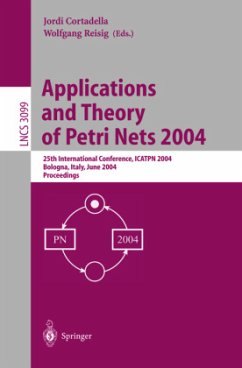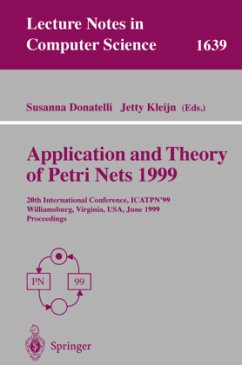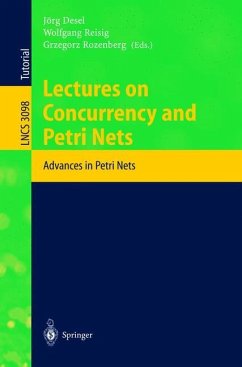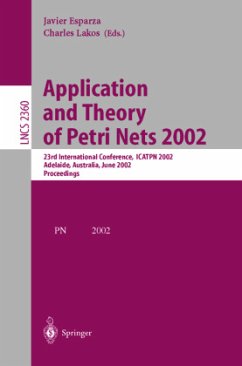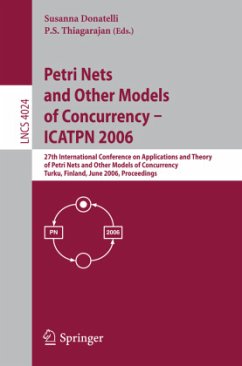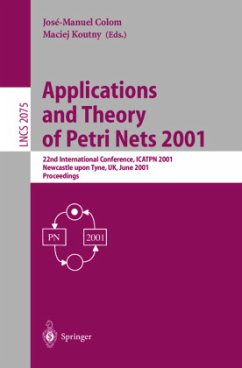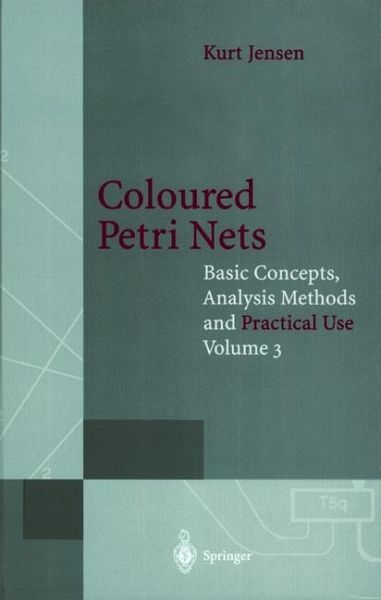
Coloured Petri Nets
Basic Concepts, Analysis Methods and Practical Use
Versandkostenfrei!
Versandfertig in 6-10 Tagen
76,99 €
inkl. MwSt.
Weitere Ausgaben:

PAYBACK Punkte
38 °P sammeln!
The contents of this volume are application oriented. The volume contains a de tailed presentation of 19 applications of CP-nets, covering a broad range of ap plication areas. Most of the projects have been carried out in an industrial set ting. The volume presents the most important ideas and experiences from the projects, in a way which is useful also for readers who do not yet have personal experience with the construction and analysis of large CPN models. The volume demonstrates the feasibility of using CP-nets and the CPN tools for industrial projects. The presentation of the projects is ...
The contents of this volume are application oriented. The volume contains a de tailed presentation of 19 applications of CP-nets, covering a broad range of ap plication areas. Most of the projects have been carried out in an industrial set ting. The volume presents the most important ideas and experiences from the projects, in a way which is useful also for readers who do not yet have personal experience with the construction and analysis of large CPN models. The volume demonstrates the feasibility of using CP-nets and the CPN tools for industrial projects. The presentation of the projects is based upon material provided by the per sons who have accomplished the individual projects. At the beginning of each chapter, we list their names and we say where the original material has been published. The original material often contains more elaborate information, e.g., about details of the modelled system and related work. I have edited the material provided by the original authors. I have modified some of the CP-nets, e.g., to improve the layout and use more mnemonic names. In some cases, I have also changed a few net components, e.g., merged two tran sitions or introduced a Standard ML function for operations that are used in many arc expressions. These modifications make the CP-nets more appropriate as study material, but they do not change the essential behaviour of the CPN models.





